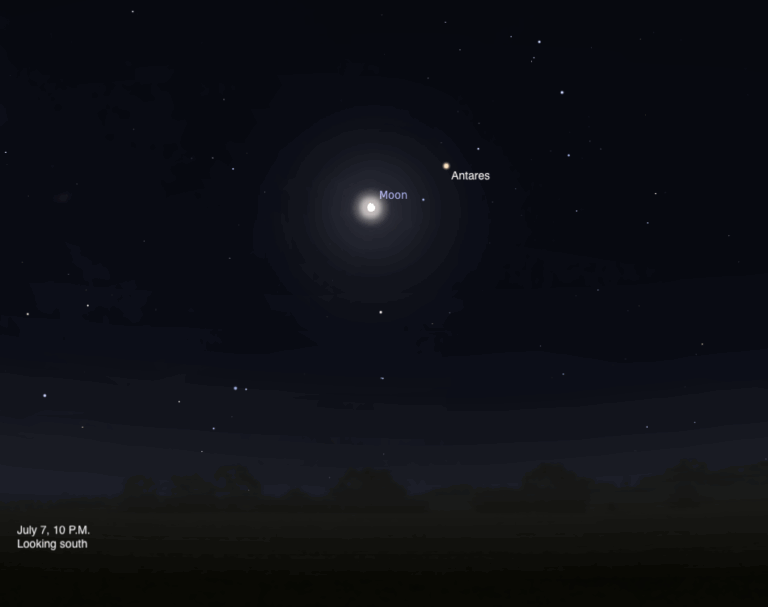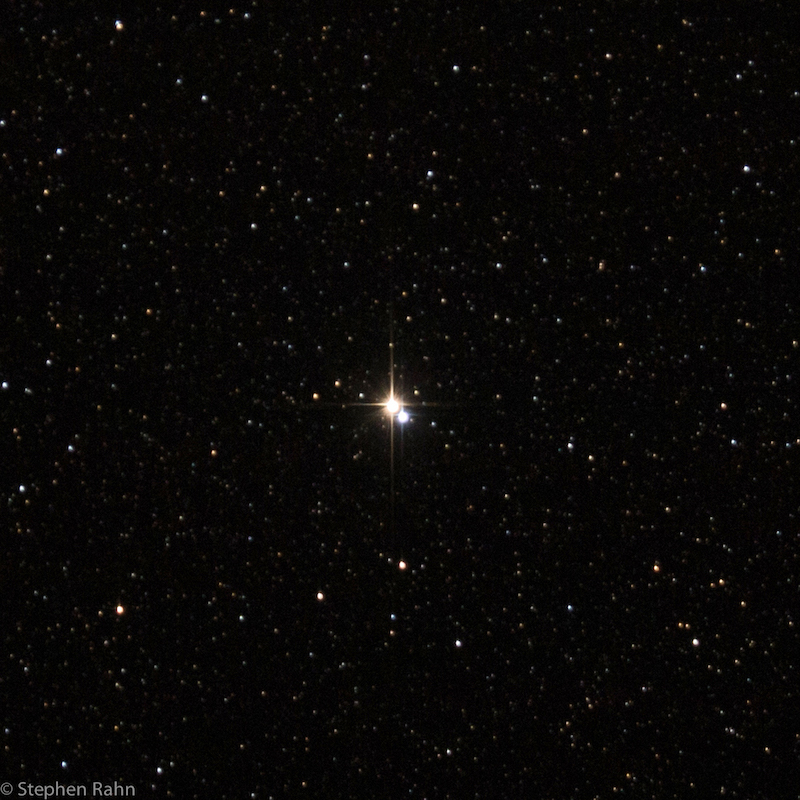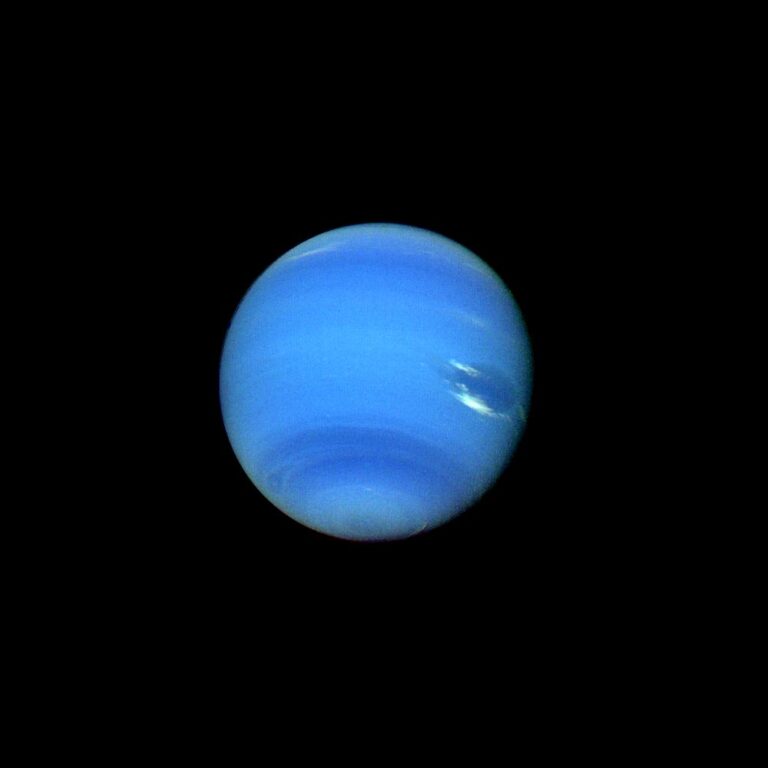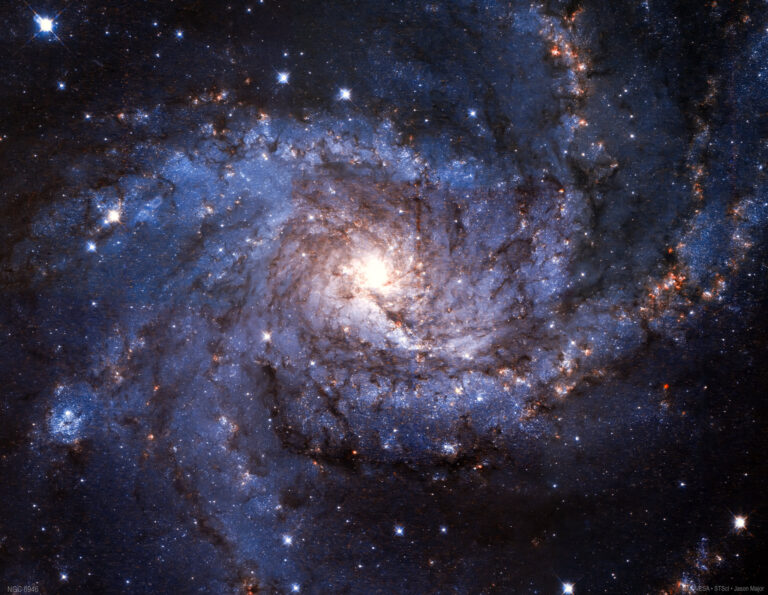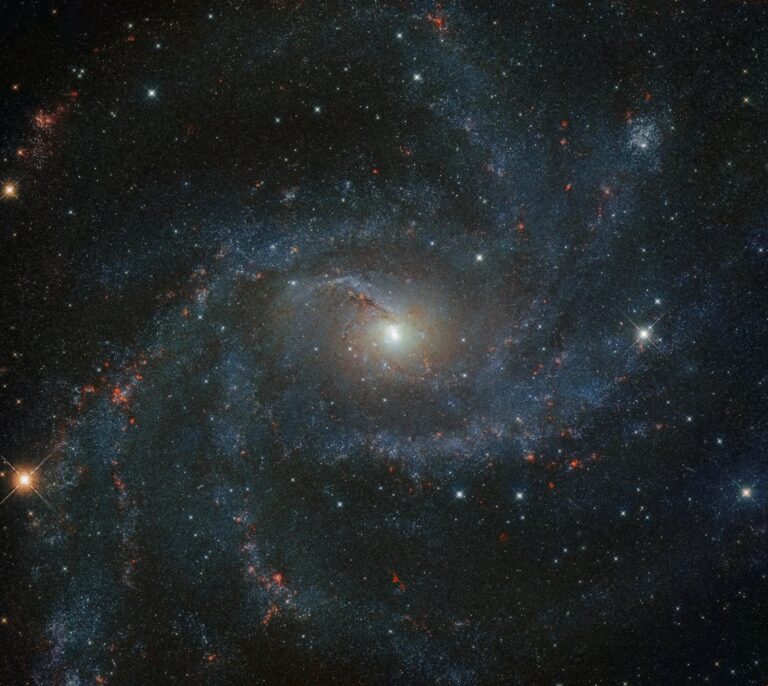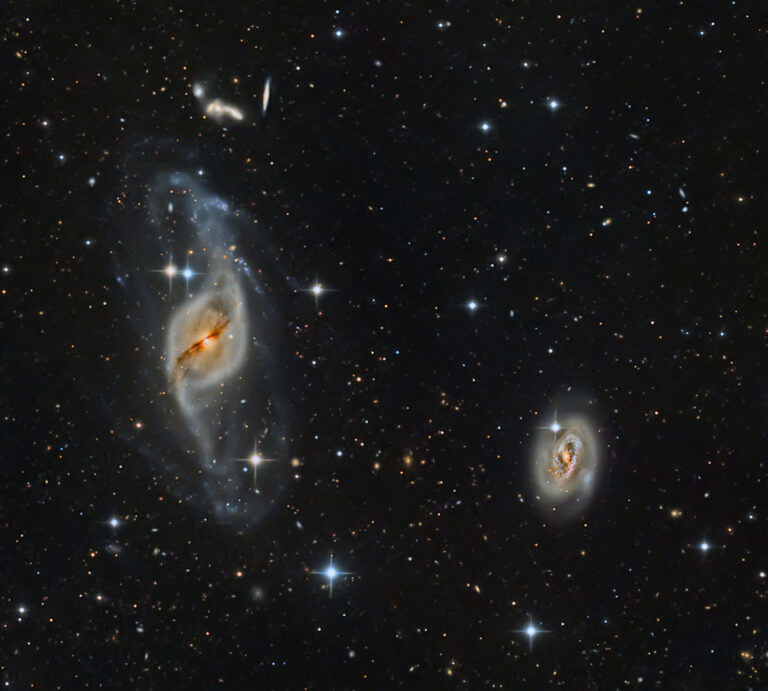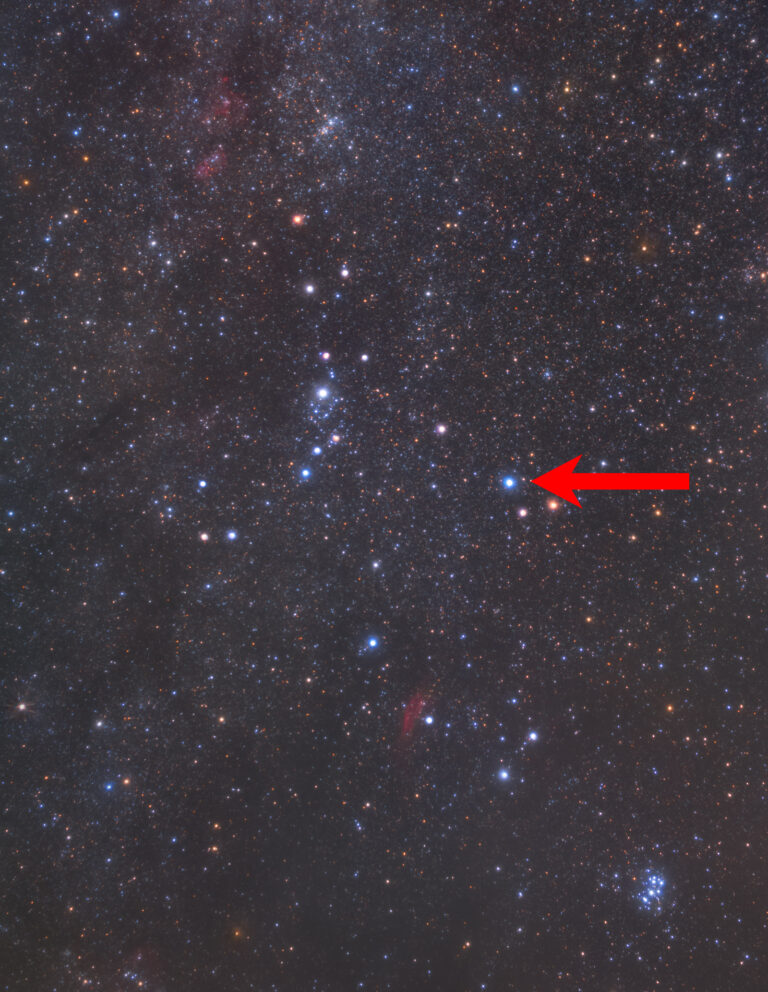Key Takeaways:
Although it may take especially dark skies and sharp eyes to see them, try your luck with these four galactic targets.
M33, the Great Spiral in Triangulum
M33 is large and faint, but it may be visible with the unaided eye under clear, dark conditions.
M33 is large and faint, but it may be visible with the unaided eye under clear, dark conditions.
NGC 7331, a spiral galaxy in Pegasus
At 9th magnitude, this galaxy may be visible as a tiny smudge just east of Delta (δ) Ceti.
At 9th magnitude, this galaxy may be visible as a tiny smudge just east of Delta (δ) Ceti.
A Seyfert galaxy in Cetus
This galaxy’s small, concentrated disk makes it easier to spot through binoculars than its 9th-magnitude rating may imply.
This galaxy’s small, concentrated disk makes it easier to spot through binoculars than its 9th-magnitude rating may imply.
NGC 253, a spiral galaxy in Sculptor
Although located in the far southern sky for those of us at mid-northern latitudes, you can see 7th-magnitude NGC 253 if the sky is free of horizon-hugging haze.
Although located in the far southern sky for those of us at mid-northern latitudes, you can see 7th-magnitude NGC 253 if the sky is free of horizon-hugging haze.


